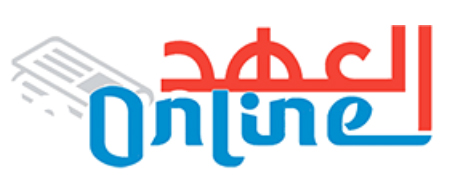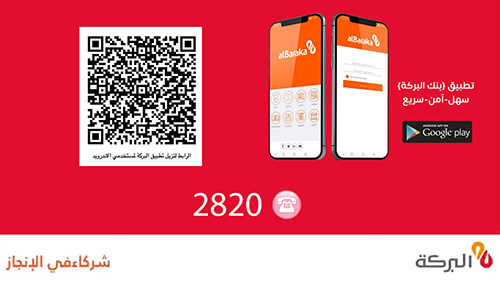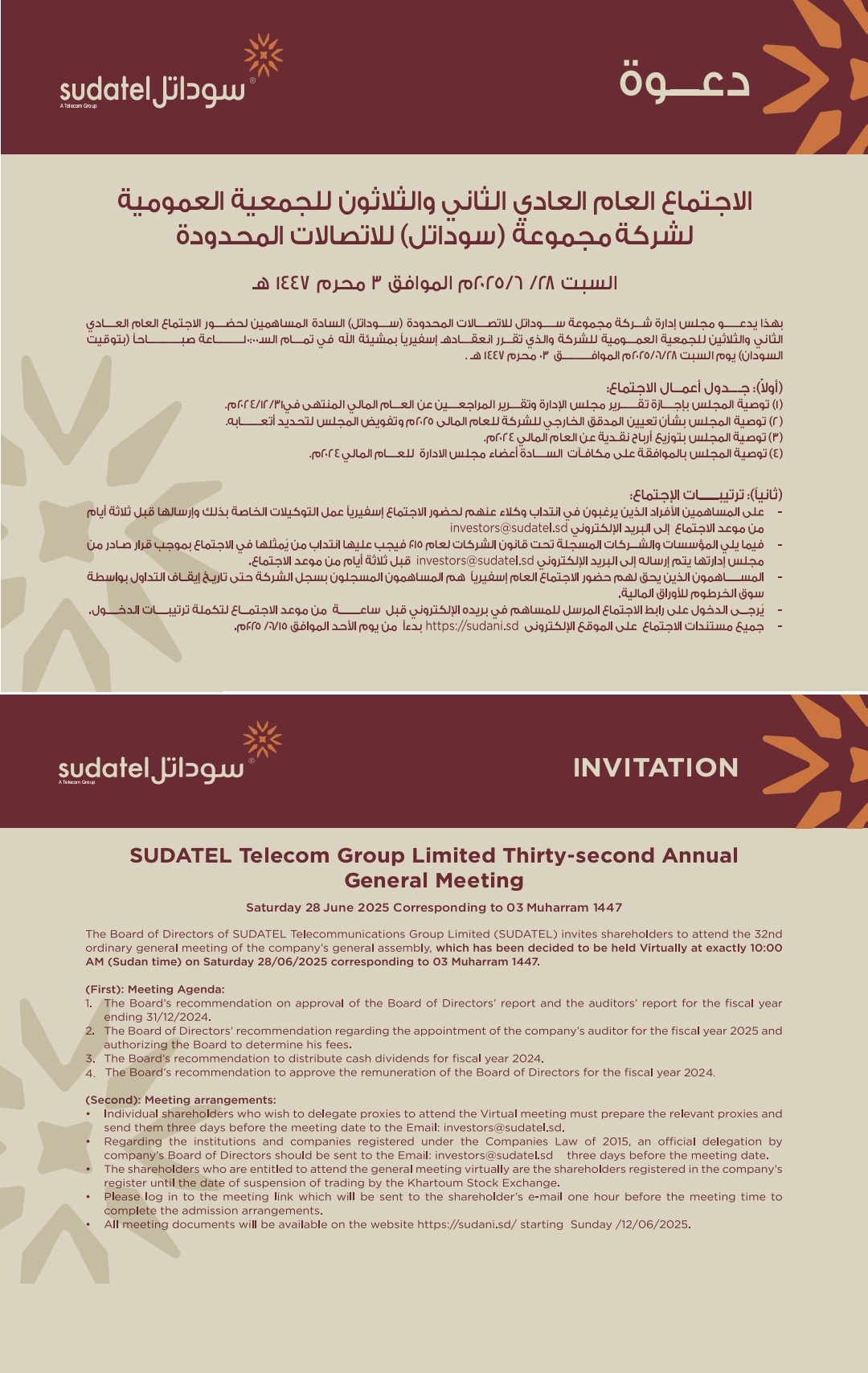د. محمد يوسف قباني يكتب: التنوع في السودان لم يكن يوماً عبئاً، بل كان مصدراً للقوة لا ينضب .. Diversity in Sudan has never been a burden, but rather an boundless source of strength. Dr. Mohamed Elgabbani..

د. محمد يوسف قباني يكتب: التنوع في السودان لم يكن يوماً عبئاً، بل كان مصدراً للقوة لا ينضب ..
Diversity in Sudan has never been a burden, but rather an boundless source of strength.
Dr. Mohamed Elgabbani..
السودان، تلك البقعة الواسعة من الأرض التي تحتضن بين جنباتها ثراءً إنسانياً وطبيعياً لا مثيل له، لم يكن تنوعه يوماً عبئاً، بل كان دائماً مصدراً للقوة والعطاء. فمنذ فجر التاريخ، شكّل هذا التنوع نسيجاً اجتماعياً مميزاً، جمع بين الأعراق والأديان والثقافات في بوتقة واحدة، تزينها ألوان الطيف الإنساني بأبهى صورها. تمتد أرضنا أرض السودان (جغرافيا التنوع) من الصحاري الشاسعة في
الشمال إلى الغابات الاستوائية في الجنوب، ومن سهول السافانا في الوسط إلى جبال النوبة العريقة في الغرب. هذه الجغرافيا المتنوعة أنبتت شعوباً متعددة متداخلة متعايشة، لكل منها عاداته وتقاليده ولغته، لكنها جميعاً تشربت من طينة السودان وترابه الغالي ومن نهر النيل العظيم، فكان النيل والطين والتراب خيطاً ونسجاً واحداً وحدهم برغم اختلافاتهم.
فالشمالي يعيش في صحراء تذكره بقسوة الطبيعة وجمالها، والجنوبي ينعم بخصوبة الأرض وغناها، والغربي يحمل تراثاً موغلاً في القدم، والشرقي يطل على البحر بكل آماله وتحدياته. هذا التنوع الجغرافي لم يفرق السودانيين، بل علمهم كيف يتكيفون ويتعاونون، فكانت الأرض السودانية مدرسة للتعايش.
الثقافة السودانية كالفسيفساء (نسيج من الألوان)، كل قطعة فيها تروي حكاية. فالأغاني النوبية في الشمال تختلف عن إيقاعات الدبكة في الغرب، ورقصات البجا في الشرق ليست كطقوس القبائل في الجنوب. والأعياد
الدينية القدسية مثل المولد النبوي الشريف وعيد الأضحى تختلط بأعياد الحصاد والمناسبات التقليدية، فتصنع لوحة إنسانية نادرة حبيبة للقلب والروح.
حتى في المطبخ السوداني، نجد هذا التنوع واضحاً، فالكسرة والعصيدة في الوسط، والقراصة في الشمال، والأكلات الجنوبية الغنية بالخضروات واللحوم، وأما غرب السودان فصنف والف صنف خيرات لا تحص فوق الأرض وباطنها. كل هذه الأطباق تعكس حكايات الشعوب وتاريخها، لكنها تجتمع على مائدة واحدة، كأنها ترمز لوحدة المصير.
عبر التاريخ .. تاريخ الوحدة في التنوع، كان السودان ملتقى للحضارات. فمن ممالك كوش ونبتة القديمة إلى سلطنة الفونج، ومن المهدية إلى الدولة الحديثة، ظل التنوع سمة أساسية. حتى في أحلك فترات الصراع، لم يكن الاختلاف هو السبب، بل كان سوء إدارة هذا الاختلاف. فحين يُحترم التنوع، يصبح قوة دافعة، وحين يُستغل، يتحول إلى جرح ينزف. بل لم يكن الاختلاف هو التحدي، بل كان سوء إدارة هذا الاختلاف. فالاختلاف في السودان ليس طارئاً، بل هو جزء أصيل من تكوينه، من
لهجاته المتعددة، إلى أزيائه المتنوعة، إلى طقوسه التي تتباين من إقليم إلى آخر. إنه تنوعٌ ثقافي واجتماعي وإنساني بديع كان يمكن أن يكون مصدراً للإلهام، لو أُدير بحكمة، ولو قُرئ بوعي، ولو احتُضن كقيمة لا كتهديد، وفي ظل الاحترام، يغدو التنوع أرضاً خصبة تُثمر إبداعاً متجدداً نحو التفاهم، نحو بناء مجتمعٍ يرى في تعدده ثراءً لا انقساماً. لكنه حين يُستغل لأغراضٍ ضيقة، أو يُوظف لايجاد الحواجز بدل الجسور، يتحول إلى جرحٍ ينزف، لا لأن الناس مختلفون، بل لأنهم لم يُمنحوا
المساحة الآمنة ليكونوا مختلفين دون خوف. إن إدارة الاختلاف ليست مجرد سياسات، بل هي ثقافة، تبدأ من البيت، وتُغرس في المدرسة، وتُترجم في الإعلام، وتُحترم في القانون. إنها القدرة على أن نرى الآخر كما هو، لا كما نريد أن يكون، وأن نمنحه حقه في أن يكون جزءاً من الصورة، لا هامشاً فيها. في السودان، لا يزال هذا التحدي قائماً. لكن الاعتراف به هو الخطوة الأولى نحو التعافي، ونحو بناء وعي جديد، يرى في التنوع فرصةً لا أزمة، وفي الاختلاف طاقة لا تهديدا.
واليوم، بعد أن أدرك السودانيون أن وحدتهم لا تعني تشابههم، بل تعني اكتمال الصورة بكل ألوانها، بدأوا يعيدون اكتشاف أنفسهم من جديد. فالشعب الذي يعرف كيف يحترم اختلافه، هو شعب قادر على بناء مستقبله وتحمل جراحهه وتخطي أوجاعه. إذا أردنا للسودان أن ينهض، فلا بد أن نتعامل مع تنوعه كرصيد، لا كعائق (التنوع ليس تحدي.. بل الحل). فالدول العظيمة تُبنى على التعددية، لا على الإقصاء. والتعليم يجب أن يكرس قيم التسامح، والإعلام يجب أن يكون جسراً للتواصل،
والسياسات يجب أن تكون عادلة تشمل الجميع. التنوع في السودان هو هبة من الله، ومصدر فخره، وسر قوته. فلتكن الوحدة الوطنية هدفنا، ليس بالتشابه، بل بالتكامل والتماسك واحتضان الاختلاف ونبذ المخالفة. لأن السودان العظيم هو الذي يحتضن كل أبنائه، بكل ألوانهم وأصواتهم، ليرسموا معاً مستقبلاً زاهراً، كما صنعوا تاريخاً مجيداً.
Sudan, that vast expanse of land that embraces unparalleled human and natural richness, has never been a burden. Rather, it has always been a source of strength and generosity. Since the dawn of history, this diversity has formed a distinctive social fabric, bringing together ethnicities, religions, and cultures in a single melting pot, adorned with the most beautiful colors
of the human spectrum. Our land, the land of Sudan (a geography of diversity), extends from the vast deserts in the north to the tropical forests in the south, and from the savannah plains in the center to the ancient Nuba Mountains in the west. This diverse geography has produced numerous intertwined and coexisting peoples, each with its own customs, traditions, and
language. Yet all have imbibed the precious clay and soil of Sudan, as well as the great Nile River. The Nile, the clay, and the soil are a single thread, a fabric that unites them, despite their differences. The northerner lives in a desert that reminds him of the harshness and beauty of nature, the
southerner enjoys the fertility and richness of the land, the westerner carries an ancient heritage, and the easterner overlooks the sea with all its hopes and challenges. This geographical diversity did not divide the Sudanese; rather, it taught them how to adapt and cooperate, and the Sudanese land was a school of coexistence. Sudanese culture is like a mosaic (a fabric of colors), each piece telling a story. Nubian songs in
the north differ from the rhythms of the dabke in the west, and the Beja dances in the east are unlike the rituals of the tribes in the south. Religious holidays such as the Prophet’s birthday and Eid al-Adha blend with harvest festivals and traditional occasions, creating a rare human painting beloved by the heart and soul.
Even in Sudanese cuisine, we find this diversity evident: kisra and asida in the center, qarasa in the north, and southern dishes rich in vegetables and meat. As for western Sudan, there are a thousand varieties. All these dishes reflect the stories and history of the peoples, but they come together on one table, as if symbolizing a common destiny. Throughout history… a history of unity in diversity, Sudan has been
a meeting place of civilizations. From the ancient kingdoms of Kush and Napata to the Funj Sultanate, from the Mahdia to the modern state, diversity has remained a fundamental characteristic. Even in the darkest periods of conflict, it wasn’t diversity that was the cause, but rather the mismanagement of this difference. When diversity is respected, it becomes a driving force, and when it is exploited, it turns into a
bleeding wound. In fact, diversity wasn’t the challenge, but rather the mismanagement of this difference. Difference in Sudan is not a passing phenomenon; it is an integral part of its makeup, from its diverse dialects, to its varied costumes, to its rituals that vary from one region to another. It is a wonderful cultural, social, and human diversity that could be a source of inspiration, had it been wisely managed, consciously read, and
embraced as a value rather than a threat. When diversity is respected, it becomes a driving force toward creativity, toward understanding, toward building a society that sees its diversity as richness rather than division. But when it is exploited for narrow purposes, or employed to create barriers rather than bridges, it turns into a bleeding wound—not because people are different, but because they have not been
given the safe space to be different without fear. Managing difference is not just a matter of policy; it is a culture that begins at home, is instilled in schools, is translated into the media, and is respected by law. It is the ability to see the other as he is, not as we would like him to be, and to grant him the right to be part of the picture, not marginalized. In Sudan, this challenge still
exists. But acknowledging it is the first step toward recovery and toward building a new consciousness that views diversity as an opportunity rather than a crisis, and difference as an energy rather than a threat. Today, after the Sudanese people realized that their unity does not mean their sameness, but rather means the completion of the picture in all its colors, they began to rediscover themselves anew. A people who know how to respect their differences are a
people capable of building their future, bearing their wounds, and overcoming their pain. If we want Sudan to rise, we must treat its diversity as an asset, not an obstacle (diversity is not a challenge… but the solution). Great nations are built on pluralism, not exclusion. Education must instill the values of tolerance, the media must be a bridge of communication, and
policies must be fair and inclusive. Diversity in Sudan is a gift from God, a source of pride, and the secret of its strength. Let national unity be our goal: not similarity, but integration, cohesion, embracing diversity, and rejecting dissent. Because great Sudan is one that embraces all its children, with all their colors and voices, to together shape a prosperous future, just as they created a glorious history.









